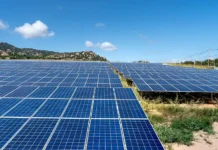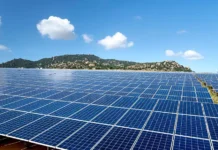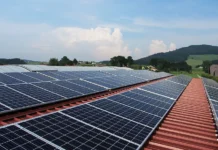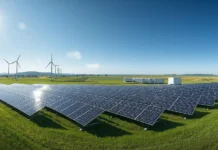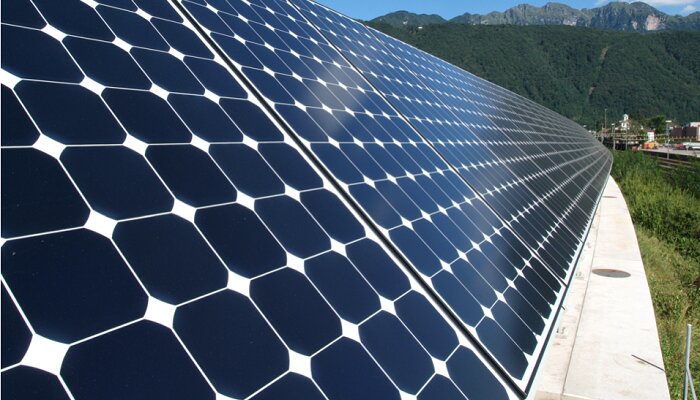It is worth noting that researchers at Uppsala University, Sweden, have gone on to create a new world record by designing a CIGS solar cell that has an efficiency of 23.64% energy conversion. The yesteryear record was held by Solar Frontier, Japan, which had CIGS solar recording 23.35% of solar efficiency.
Renewable energy technologies like solar have gone on to get a major fillip, with the world looking out to reduce carbon emissions. Even after the reduction in manufacturing and installation costs, solar energy goes ahead and caters to just 6% of the worldwide electricity demand.
The fact is that crystalline silicon happens to be one of the most broadly used solar cell kinds since it happens to be cheaper and even has a long lifespan. But the energy conversion effectiveness that’s achieved with these solar cells is just 22%, therefore meaning one went on to fail to tap into almost 80% of the sunlight that is received on Earth.
In addition to this, the Tandem solar cells are touted as the much-required technological upgrade to solar cells, thereby offering more than 30% energy conversion efficiency. But the production costs of tandem cells that are perovskite-based, have gone on to remain a hurdle that has still not been crossed.
CIGS solar cells: An introduction
CIGS solar cells happen to be a special kind of solar cell having a normal window glass that has in it layers of varied elements performing a particular function. These layers happen to be typically copper, gallium, indium, as well as selenide with more layers of silver along with sodium also included within the setup.
Such layers happen to be placed before the molybdenum back contact layer as well as underneath a transparent front contact layer. The CIGS layer gets treated with rubidium fluoride; the sodium layer goes head-on and reacts with the rubidium so as to create a balance that enables the electrons to barge away effectively and hence increase the solar cell efficiency.
Solar Frontier in Japan happens to be the first to demonstrate that CIGS solar cells can go on to deliver energy conversion efficiency, and that is more than 23%. The Uppsala University researchers as well as the First Solar European Technology Center have now gone on to create a whole new world record of 23.64% efficiency. This feat happened to be confirmed independently by the Fraunhofer ISE Institute, Germany.
Understanding the enhanced efficiency
In principle, enhancing solar cell efficiency is indeed straightforward. The cell design must make sure that it absorbs as much light as there can be and also converts it into an electrical load with as little energy that can be converted to heat as possible.
The many layers in the CIGS look to deliver on this concept. But still, the researchers were also required to understand how the numerous components went on to contribute to the rising efficiency. With partner places at certain other institutes, the team went on to carry out nano-XRF-X-ray fluorescence spectroscopy at the Max IV facility within Lund so as to conduct a compositional analysis of layers.
In order to research the cross sections, transmission electron microscopy- TEM which was high-resolution, happened to be used, which aided in understanding how crystal grains happened to be built up and how they went on to interface with the layers.
Photoluminescence was made use of to study the spectrum of light that was emitted by the solar cell post excitation by a laser so as to determine how electrons go ahead and flow internally. All this data is going to be used to enhance the performance of the CIGS solar cell.
Notably, the technology also happens to have properties that make it ideal for the bottom portion of a tandem solar cell, the press release said.




